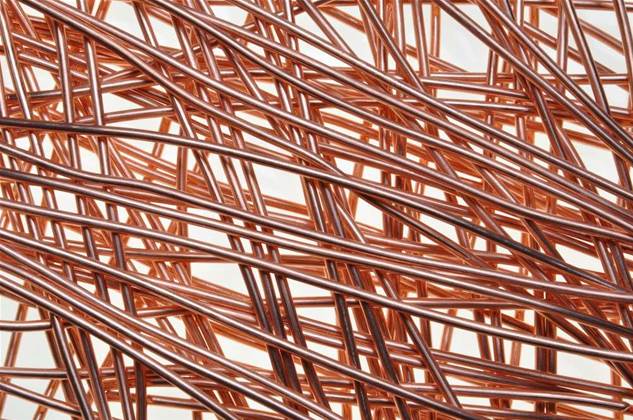The International Telecommunications Union is fast-tracking work on the official standard for a technology that allows digital subscriber line (DSL) copper broadband to reach up to one gigabit per second speeds over short distances.

The G.fast technology provides fibre-like speeds of 500Mbps down and upstream, according to the ITU, for an aggregate 1Gbps within a 250 metre range from a distribution point. The organisation said it can supplement fibre to the home strategies for providers, due to the high speeds it offers.
Designed to be backwards compatible with VDSL2 copper broadband, G.fast is on its way to receive final approval next year, with chips and equipment being manufactured in 2015 onwards.
G.fast will use 106MHz of bandwidth in the initial version, going up to 212MHz later on. This compares to the 2.2MHz that ADSL2+ uses, and the 8, 17 and 30MHz bandplans commonly deployed for VDSL2.
One concern with G.fast was interference with FM radio broadcasts, the ITU said. These will be addressed in a standard jointly released with G.fast.
Frank van der Putten, ITU-T Study Group 15 Rapporteur talks about G.fast.
Chinese telco equipment vendor Huawei has been working on G.fast prototypes for the past two years. It said while the technology can make it cheaper for telcos to roll out high-speed broadband by using existing copper cabling in so-called "brownfield" areas, the wide frequency band used comes with its own set of issues.
It is vital to have a spectrum plan for wired media, just as for wireless communications, Huawei said. As higher frequencies result in larger power consumption, shorter transmission distances as well as increased cost, the frequency band used for G.fast will ultimately be a compromise between these factors.
G.fast also requires the use of advanced vectoring technology to cancel noise or cross-talk between lines, Huawei said - lines that are capable of 1.3Gpbs over 100 metres length drop sharply to 200Mbps if cross-talk is present, according to its testing.
Power consumption per line with G.fast is expected to be lower than for VDSL2, thanks to new energy-saving technologies. However, G.fast devices will require power from customer premises equipment as well as from the distribution point, Huawei said.



_(22).jpg&h=140&w=231&c=1&s=0)

_(20).jpg&h=140&w=231&c=1&s=0)



_(26).jpg&w=100&c=1&s=0)

 iTnews Executive Retreat - Security Leaders Edition
iTnews Executive Retreat - Security Leaders Edition












_(1).jpg&h=140&w=231&c=1&s=0)



